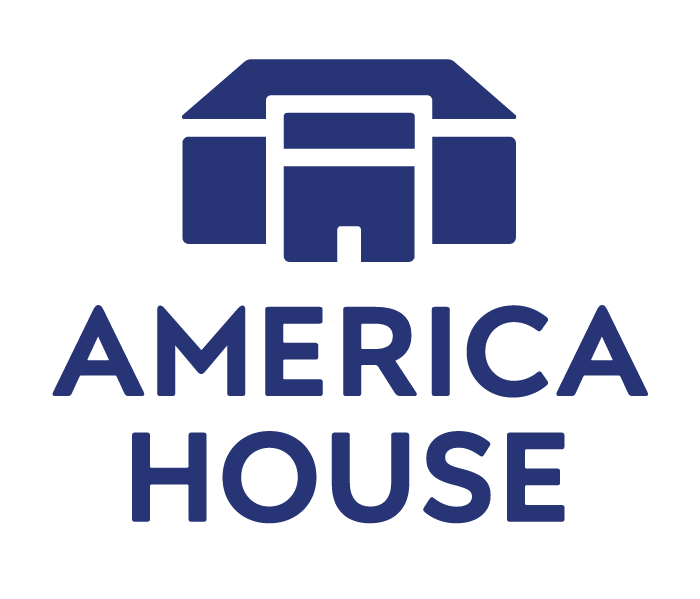Happy Birthday from the Galaxy!
Have you ever wondered what the galaxy looks like on different days of the year? NASA, otherwise known as the National Aeronautics and Space Administration, can tell you! NASA’s Hubble Telescope is exploring the universe at the moment, and it has captured mesmerizing pictures over the past three decades.



Photos: NASA
The Hubble Telescope was launched by NASA on April 24th, 1990, making it nearly 30 years old. Named after astronomer Edwin Hubble, the Hubble Telescope was the first major telescope to be launched into space. The technology used for Hubble at the time was so advanced that it marked the first major development in astronomy and visibility of stars and distant galaxies since Galileo in the 1600s.
Currently, the Hubble Telescope is orbiting 350 miles (563 km) above the Earth’s surface and is traveling at speeds of 17,500 miles per hour (28,163 km). The Hubble Telescope is almost the size of a school bus, and since it’s launch, it has given scientists nearly 1 million observations, which include videos, pictures, and even sound.
Scientists from all over the world use the pictures and videos from the Hubble Telescope in their research, and now NASA has brought those pictures to you! To find out what the galaxy looked like on your birthday, click the link here. Then, scroll down and input your date of birth to see pictures of our galaxy on the day you were born.
Here is what the galaxy looked like on few big holidays of the year.
New Year’s Day, January 1st, 2012
Photo: NASA, ESA, and T. Brown
Galaxy Leo IV
Leo IV is one of more than a dozen ultra-faint dwarf galaxies near the Milky Way. These galaxies are dominated by dark matter, an invisible substance that makes up most of the universe's mass.
Christmas Day, December 25th, 2009
Galaxy NGC 4214
The dwarf galaxy NGC 4214 is ablaze with young stars and gas clouds. This image captures intricate patterns of glowing hydrogen shaped during the star-birthing process, cavities blown clear of gas by stellar winds, and bright stellar clusters.
Halloween, October 31st, 2005
Nebula NGC 281
The dark knots of gas and dust in this image are called "Bok globules," and they are absorbing light in the center of the nearby nebula and star-forming region called NGC 281.
Valentine’s Day, February 14th, 2007
Colliding Galaxies Arp 272
Arp 272 is a collision between two spiral galaxies, linked by their swirling arms. The galaxies are members of the Hercules Galaxy cluster and are located roughly 450 million light-years from Earth.
If you are still interested in learning more about the Hubble Telescope and all the operations that make it possible, visit the NASA site here. You can explore more Hubble Telescope pictures, take a virtual tour of the control center, and take mini-knowledge quizzes!
ABOUT THE AUTHOR
Annik Brar is a student at the George Washington University in Washington, D.C. studying International Affairs and Psychology. In her free time, she manages a support page for people with Type 1 Diabetes. She also loves photography and traveling and can speak Punjabi and Hindi fluently!






